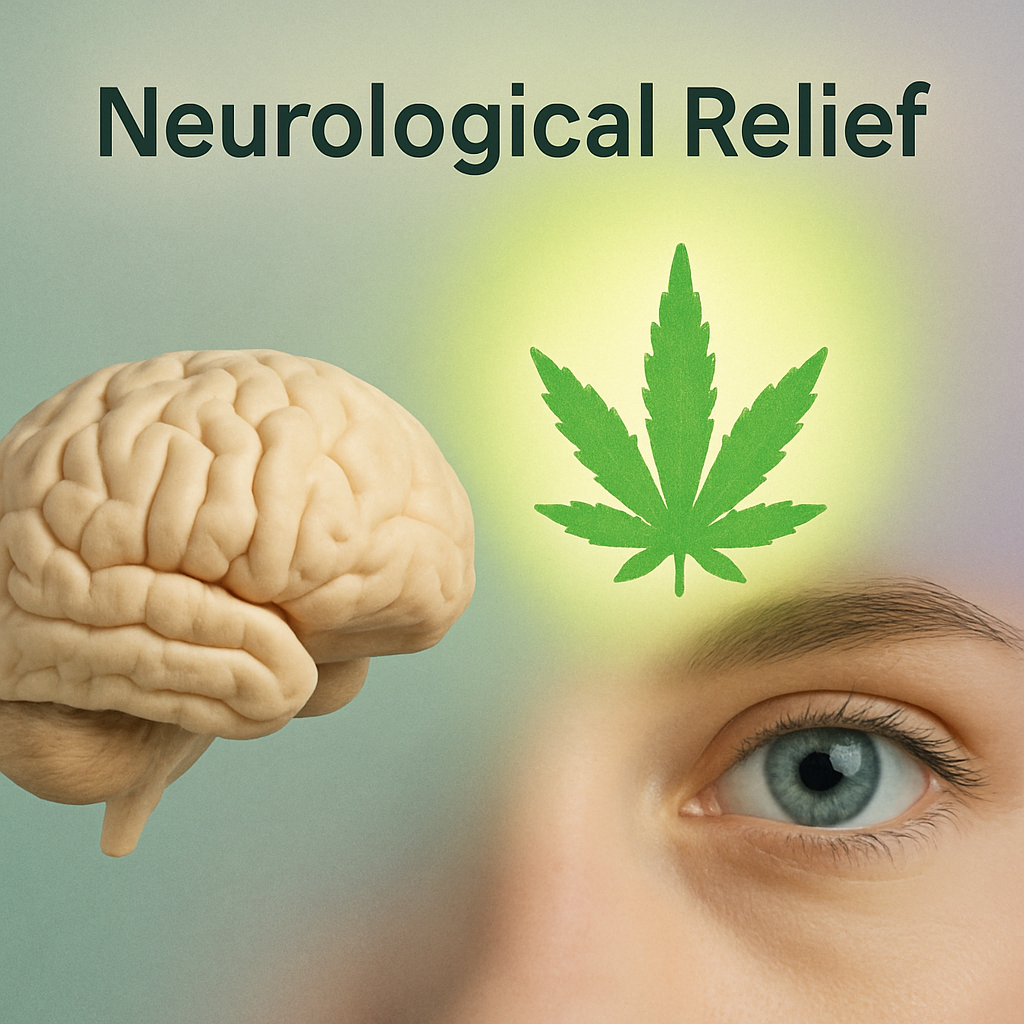Medical Marijuana for Neurological Conditions: A Deep Dive into Its Benefits
How Weed Supports Epilepsy, Glaucoma, and More
Neurological conditions like epilepsy, glaucoma, and multiple sclerosis can be life-altering, but medical marijuana offers a natural path to relief. In the MediWeed Hub, we’re diving deep into how weed can support patients with these conditions, bringing hope with irie vibes. This article explores the science behind marijuana’s effects on neurological health, its benefits for specific conditions, the best strains and methods, and practical tips for safe use. Whether you’re managing seizures or eye pressure, let’s discover how cannabis can help heal your brain and body!

Medical marijuana has gained significant attention for its role in treating epilepsy, particularly in children with severe forms like Dravet syndrome and Lennox-Gastaut syndrome. The non-psychoactive cannabinoid CBD is the key player, with the FDA approving Epidiolex—a CBD-based drug—in 2018 for seizures associated with these conditions (Harvard Health). A 2017 study in The New England Journal of Medicine found that Epidiolex reduced seizure frequency by 39% in Dravet syndrome patients compared to 13% with placebo, a breakthrough for families seeking alternatives to traditional anti-seizure medications like valproate, which often cause side effects like liver damage. CBD reduces neuronal excitability by interacting with the brain’s endocannabinoid system, specifically targeting GPR55 receptors to calm seizure activity.
For glaucoma, medical marijuana offers temporary relief by lowering intraocular pressure (IOP), a primary risk factor for optic nerve damage. THC binds to CB1 receptors in the eye, reducing IOP by up to 30% for 3–4 hours, as demonstrated in a 1971 study in JAMA Ophthalmology. This effect was first noted when researchers observed that smoking cannabis significantly lowered IOP in glaucoma patients, offering a novel approach at the time. However, the short duration of relief means patients would need frequent doses, which may not be practical for all, especially those avoiding psychoactive effects. CBD, while beneficial for other conditions, does not lower IOP and may even increase it, so THC-dominant strains like OG Kush are preferred for glaucoma management, often delivered via vaping for rapid onset.
Beyond epilepsy and glaucoma, medical marijuana shows promise for other neurological conditions, such as multiple sclerosis (MS) and Parkinson’s disease. In MS, cannabis reduces spasticity and tremors, with a 2014 study in Neurology finding that 70% of MS patients using a THC-CBD oral spray (Sativex, approved in Europe) reported improved muscle stiffness (Mayo Clinic). The combination of THC and CBD works by relaxing muscle fibers and reducing inflammation in the central nervous system, improving mobility and quality of life. For Parkinson’s, small studies suggest cannabis may alleviate tremors and improve sleep, with a 2017 study in Clinical Neuropharmacology noting that 60% of patients reported better motor control after using cannabis. Terpenes like myrcene, found in strains like Blue Dream, may enhance these effects by promoting relaxation and reducing neuroinflammation.
The choice of strain and method is crucial for managing neurological conditions with medical marijuana. For epilepsy, CBD oils or tinctures allow for precise dosing—typically starting at 5 mg CBD twice daily, adjusted based on response—and avoid psychoactive effects, making them suitable for children (Harvard Health). A common regimen might involve 10–20 mg CBD per day, taken sublingually for consistent absorption. For glaucoma, smoking or vaping provides rapid IOP reduction, with effects starting within minutes, but edibles may offer more sustained effects, though with a delayed onset of 30–60 minutes. Strains like Harlequin, which has a balanced THC-CBD ratio, are often recommended for neurological conditions, providing symptom relief without heavy sedation, while indicas like Northern Lights can help with associated sleep issues.
Practical considerations include starting with low doses to minimize side effects like dizziness, especially for THC-based treatments. Patients with epilepsy should avoid high-THC strains, as they may increase seizure risk in some cases—CBD is the safer choice for seizure control. For glaucoma, frequent dosing (every 3–4 hours) may be impractical, so some patients combine cannabis with traditional treatments like beta-blocker eye drops to balance short-term and long-term IOP management. Cannabis can also interact with neurological medications—THC may enhance the sedative effects of drugs like clonazepam, while CBD can increase levels of clobazam, a common anti-seizure drug, requiring dose adjustments (Mayo Clinic). Patients should consult a neurologist to ensure safe integration with their treatment plan.
Medical marijuana’s benefits for neurological conditions extend beyond direct symptom relief to improving overall well-being. For example, an epilepsy patient using CBD might experience fewer seizures, leading to better sleep and reduced anxiety, which in turn supports cognitive function. Similarly, an MS patient using cannabis for spasticity might regain mobility, improving their ability to engage in daily activities and social interactions. However, long-term use requires monitoring—chronic THC use may impair memory, and CBD can cause mild side effects like fatigue or diarrhea in some users. Regular check-ins with a healthcare provider can help optimize treatment, ensuring cannabis remains a safe and effective tool for neurological health.
Practical Tips
- Epilepsy Dosing with CBD: Start with 5 mg CBD twice daily (e.g., via tincture), increasing to 10–20 mg as needed, under medical supervision.
- Glaucoma Relief with THC: Vape 2–3 mg THC every 3–4 hours to maintain IOP reduction; combine with eye drops for long-term management.
- Choose Balanced Strains: Use Harlequin for a balanced THC-CBD effect; opt for indicas like Northern Lights for sleep support in MS or Parkinson’s.
- Monitor Side Effects: Watch for dizziness or fatigue, especially with THC, and adjust dosage or switch to CBD if needed.
- Consult a Neurologist: Ensure cannabis doesn’t interact with medications like clobazam or beta-blockers, and discuss any changes in symptoms or side effects with your doctor.
Key Takeaways
- CBD reduces seizures in epilepsy, with Epidiolex cutting seizure frequency by 39% in clinical trials, making it a safe option for children and adults.
- THC lowers intraocular pressure in glaucoma by up to 30%, but effects last only 3–4 hours, requiring frequent dosing or combination with other treatments.
- Cannabis helps with MS spasticity and Parkinson’s tremors, with 70% of MS patients reporting improved muscle stiffness using THC-CBD sprays like Sativex.
- CBD oils are ideal for epilepsy; vaping or smoking works for glaucoma; balanced strains like Harlequin suit most neurological needs without heavy sedation.
- Consult a neurologist to ensure safe use, monitor for interactions with medications, and adjust treatment as needed for long-term benefits.













